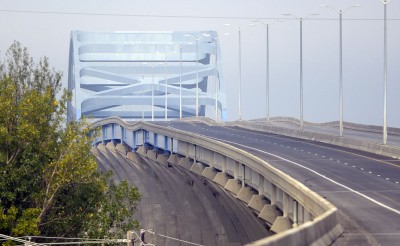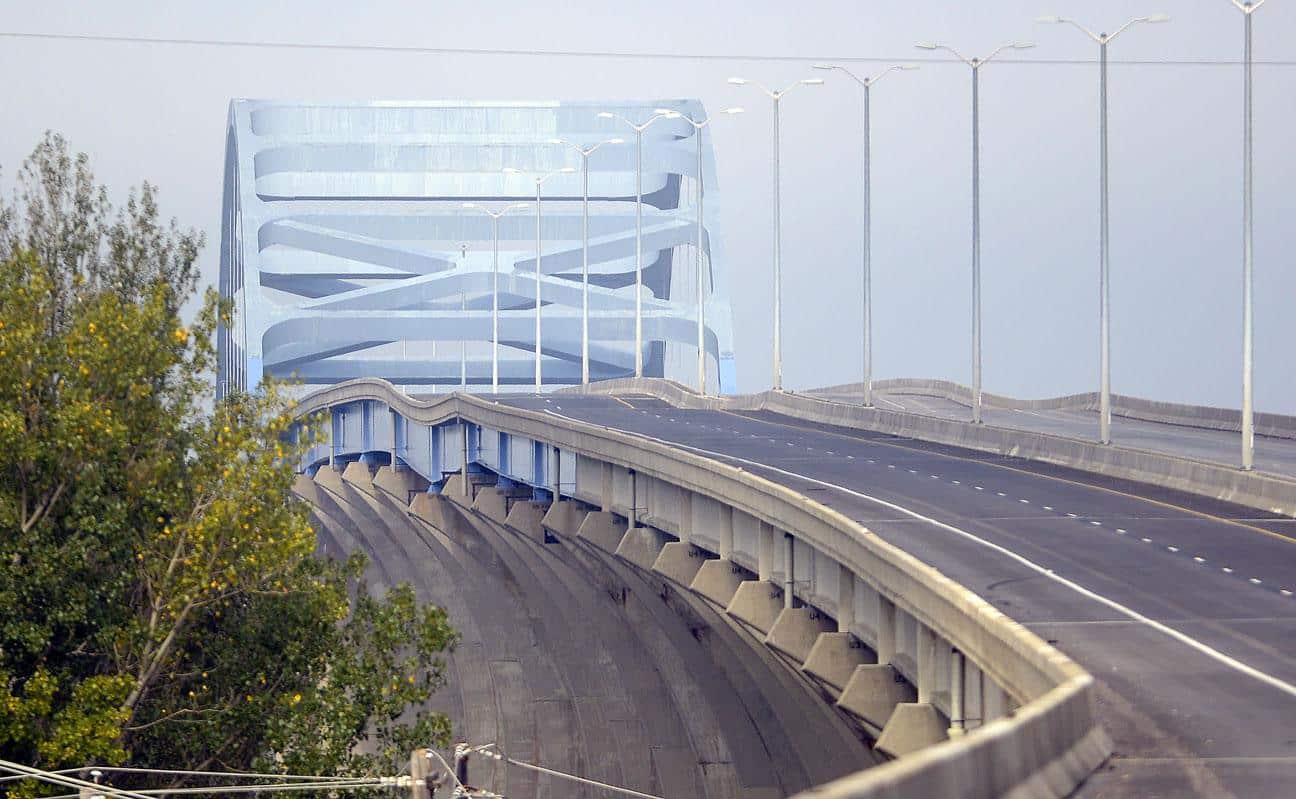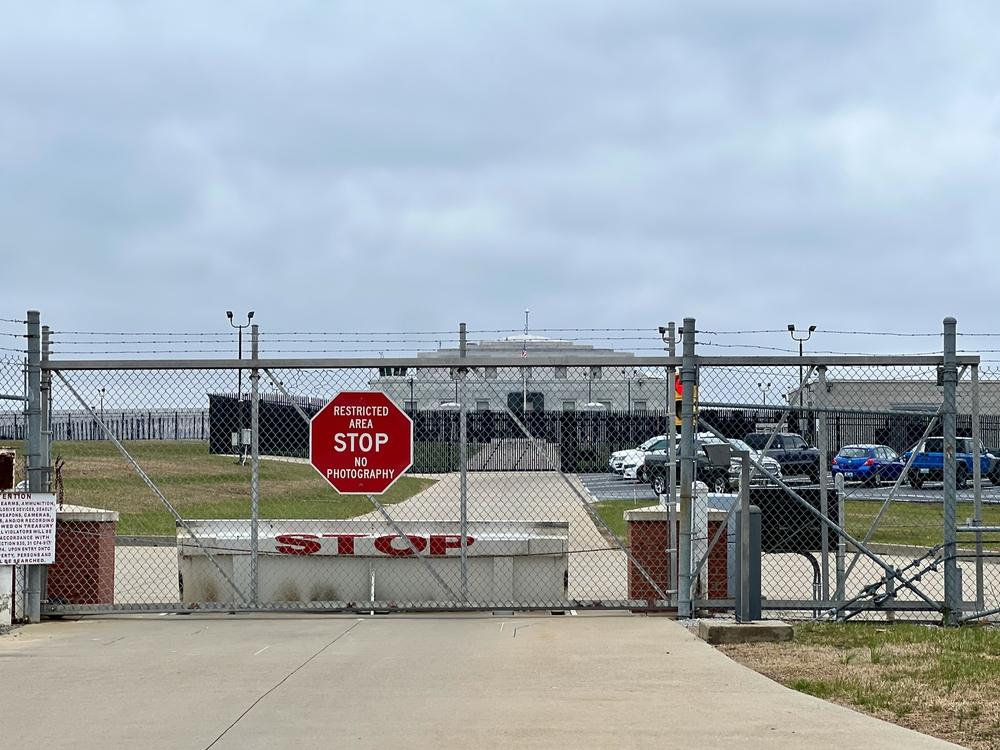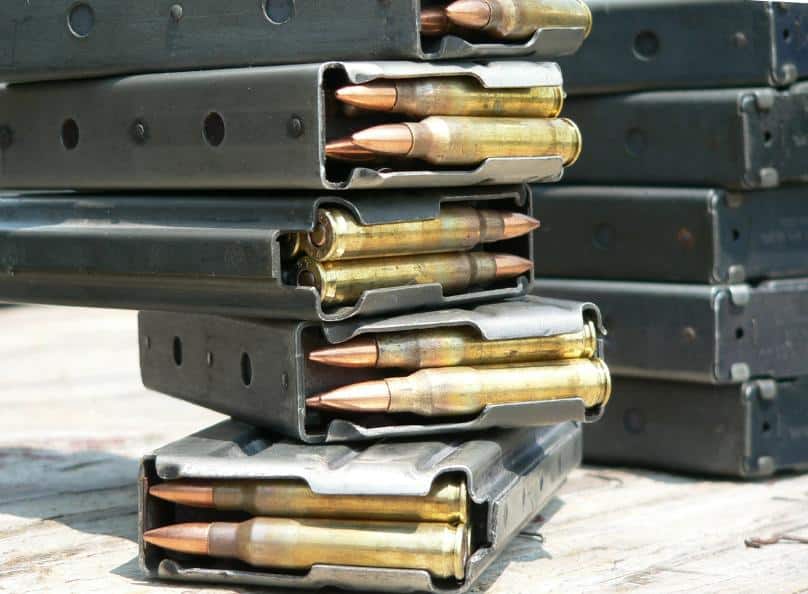
bridge in Green Bay, Wisconsin
closed due to sagging
The United States is overloaded with bridges in need of repair or replacement, with not enough money to do the work.
Many of today’s bridges are years past their designed life expectancy, according to a report by the Associated Press. Others carry more vehicles with heavier loads than originally anticipated, and the cost to update or replace these spans can soar to billions of dollars for a single bridge.
State and local officials are trying to cope as best they can, fixing the most vital bridges first, trying to keep others from degrading further and, when all else fails, ordering shutdowns.
Still, even with the oversight, bridges have failed in recent years, with some resulting in many deaths. The flooding in Colorado showed what can happen when bridges fail: Cities and towns are cut off from the rest of the state, removing the best routes to deliver food and other necessities. If the city or town loses electricity, that means repairs could face significant delays.
The AP analyzed 607,380 bridges from the latest National Bridge Inventory, showing that 65,605 were “structurally deficient”— needing repair or replacement because at least one major component has serious problems — and 20,808 were “fracture critical”, which means there is no backup to prevent the bridge from collapsing if a key element fails. Even worse, 7,795 bridges fell under both categories.
Officials say those bridges are safe, and engineers say even spans with both red flags should not collapse if watched and maintained correctly.
“We have a term for unsafe bridges, and that is ‘closed,’” Massachusetts State Highway Administrator Frank DePaola said.
Warning Signs That Triggered The Deadliest Famines In History…
Some states have taken measures to clear backlogs of bridges needing replacement or repair. After the deadly I-35 bridge collapse in Minnesota, state lawmakers increased the gasoline tax to finance a construction program that cut the state’s list of 172 bridges needing attention roughly in half.
In Washington state, a major section of Interstate 5 collapsed in May after an oversized truck struck a part of the bridge. Amazingly, no one was killed even though cars plummeted into the water. In recent days, a bridge on Interstate 43 in Green Bay, Wisconsin, was shut down after drivers noticed it was sagging.
Maine approved supplemental funding for bridge repairs, but Maria Fuentes of the Maine Better Transportation Association said the trouble is on the horizon now that the money has dried up.
“We do well with the money that we have, but we’re getting to the point where if there isn’t an influx of money, we’re kind of rolling the dice,” she said.
Getting funds to fix deteriorating bridges in rural areas can be a problem, because light traffic makes them low priorities even if they are vital for local residents.
James White, a trucker, told the AP he worries about some of the bridges he drives across in mountainous eastern Tennessee.
“There are some that I go across with a 90,000-pound load, and I’m thinking, ‘If this bridge don’t hold me, I’m gone,’” he said.
Some states are using new construction techniques to save time fixing their bridges, building superstructures off-site and then moving them onto piers and abutments when ready. The “Fast 14” project in Massachusetts replaced 14 bridges on Route 93 near Boston in 10 weekends, work that state officials estimated would usually take at least four years but was significantly sped up by using prefabricated parts.
Federal efforts to help fix deteriorating bridges have gotten nowhere, the news service reported. A transportation law passed by Congress last year eliminated a bridge fund that had been around for more than 30 years. State officials had complained of overly restrictive requirements.
In Brown County in South Dakota, four bridges — each more than a century old — fall into both safety hazard categories. Jan Weismantel says weight restrictions should keep the other three safe, but that’s only if those restrictions are followed.
“Who’s to say that somebody’s not taking something that weighs more than 6,000 pounds across a 3-ton max bridge?” she said. “It’s kind of a gamble. It’s also very dangerous. Somebody could get killed.”











